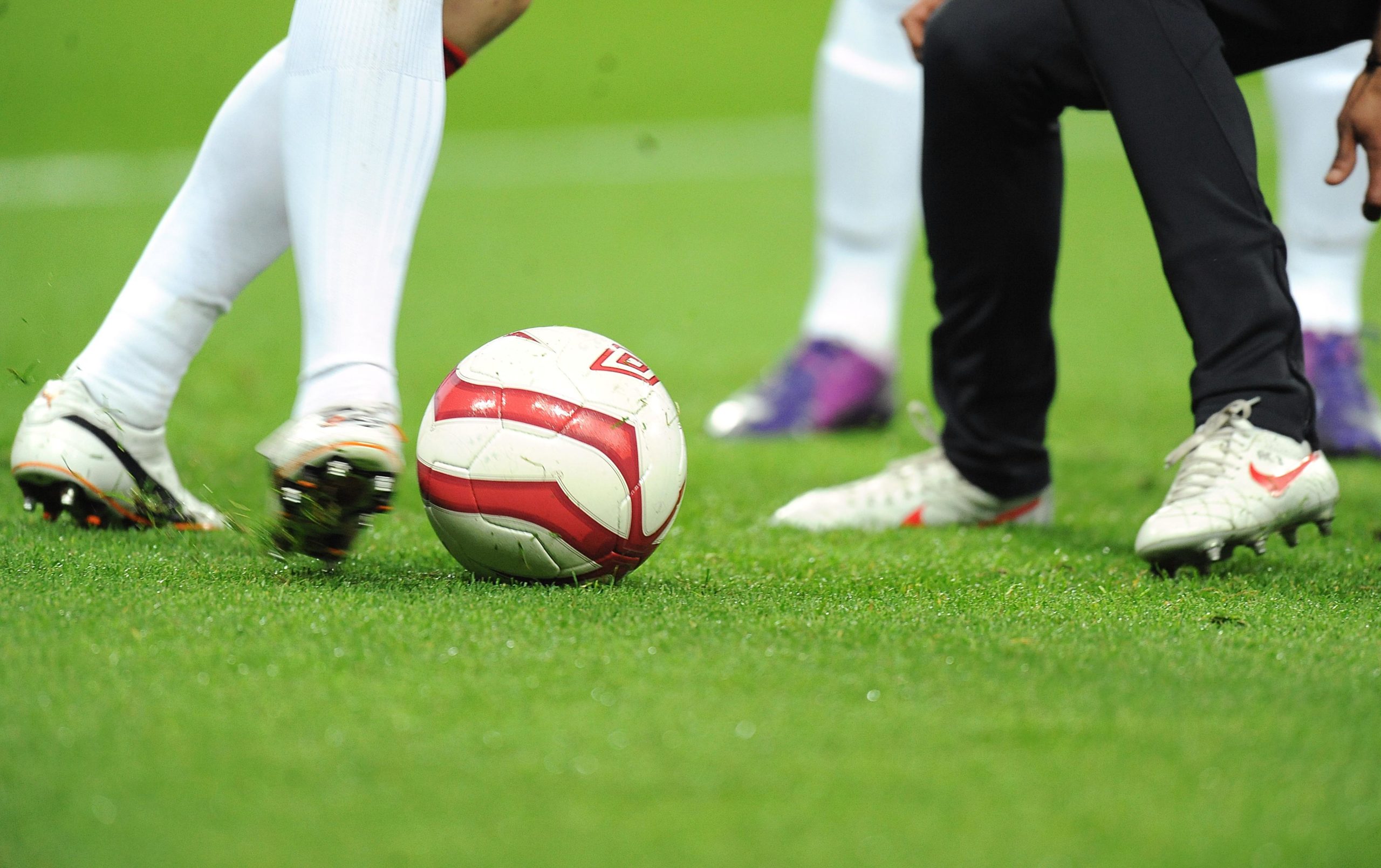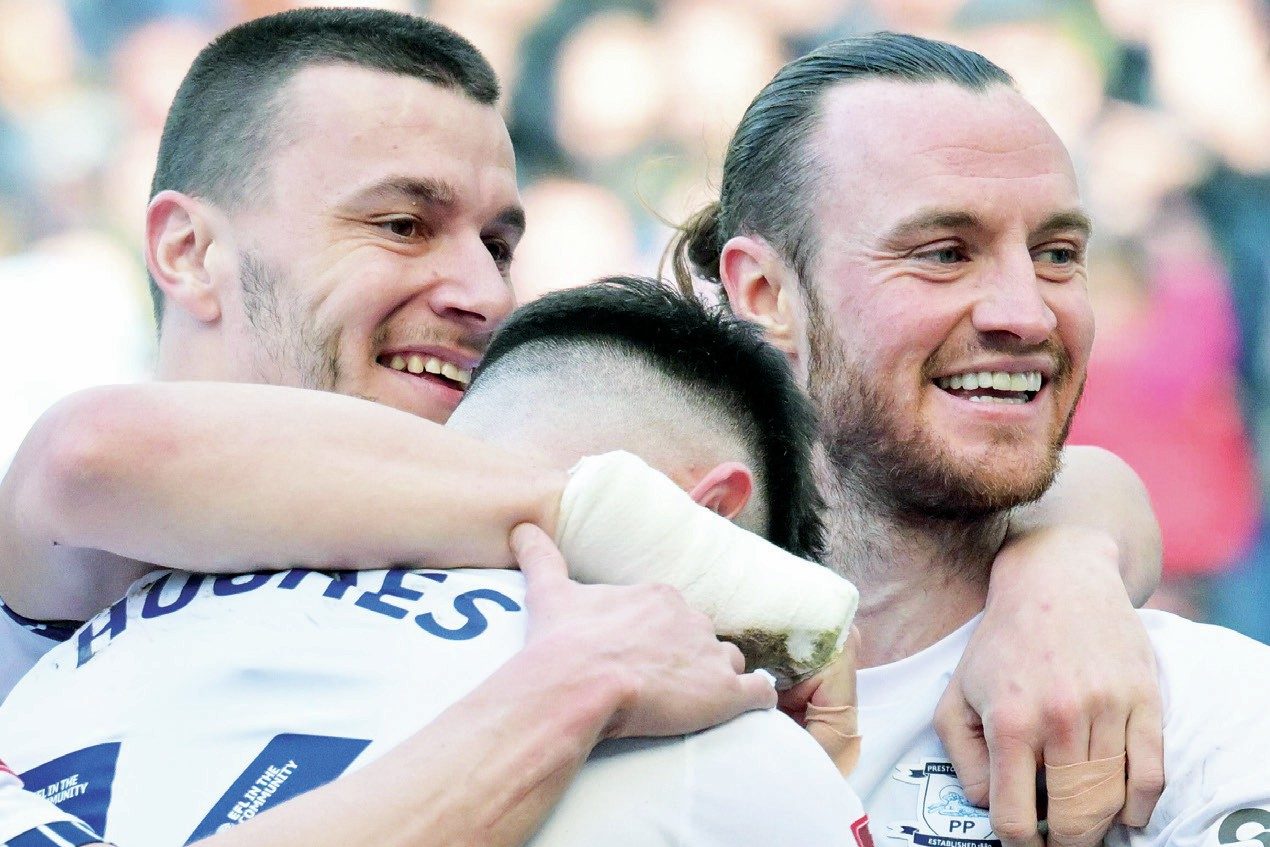
In the dynamic landscape of modern football, tactical flexibility often separate the contenders from the pretenders.
For Queens Park Rangers (QPR), the decision to play their star midfielder Ilias Chair in a more central role has the potential for enormous payoff.
This shift not only influences the team’s immediate attacking strategy but also suggests a broader approach that could yield significant dividends throughout a season.
The Strategic Shift: Ilias Chair in the Middle
Ilias Chair has been a standout player for QPR since his arrival at the club in 2020. Known for his technical skills, vision, and ability to control the pace of a game, Chair has primarily played as an attacking midfielder. However, recent tactical adjustments by manager Neil Critchley have seen him operating more centrally. This shift is akin to hitting a footballing jackpot similar to the big wins, you know, leveraging Chair’s attributes to improve QPR’s overall performance.
Playmaking Abilities Enhancement
By positioning Chair centrally, QPR can capitalize on his exceptional playmaking abilities.
According to Opta statistics, Chair recorded an impressive 2.3 key passes per game last season, ranking him among the top playmakers in the Championship. Playing in the middle allows him greater access to the ball and enables him to dictate the tempo and flow of play—a crucial factor for any successful attacking strategy.
In previous matches, QPR struggled to maintain control in midfield, often succumbing to pressure from opposition teams.
Nevertheless, Chair’s central presence neutralizes this struggle, allowing QPR to dominate possession. His keen eye for a pass and capability to create opportunities could not only facilitate attacks but also open up space for wingers such as Rob Dickie and potentially new signings to exploit.
Attacking Options—Maximizing
Playing Chair in the middle not only enhances his role but also provides a tactical advantage to QPR’s offensive dynamics. When he operates centrally, it allows players around him to make runs into the spaces he creates.
For example, during friendly matches, Chair’s ability to draw defenders towards him opens up channels for forwards like Lyndon Dykes and other attacking players.
In the recent friendly against Toulouse, which QPR won 2-1, Chair had a hand in both goals. His passes from central positions helped to slice through the opposition defense, exemplifying how a central role allows him to be more involved in the attacking sequence.
If QPR continues this strategy throughout the season, it could increase offensive output, reducing their dependence on specific wide plays and increasing goal opportunities.
Flexibility and Tactical Variability
Another significant advantage of Chair playing centrally is the tactical flexibility it offers. QPR can switch formations more fluidly during games, moving to a 4-3-3 or 4-2-3-1 depending on the flow of the match. Chair’s adaptability means he can drop deeper to assist in defensive duties or push forward to link up with strikers.
Incorporating a central playmaker like Chair allows QPR to adapt their style based on the opponent.
Against teams with packed defenses, Chair can exploit narrow gaps to provide incisive passes, whereas against high-pressing teams, he can help maintain possession and distribute effectively.
The versatility that Chair brings serves as a tactical jackpot for Critchley, enabling him to tailor approaches on a game-by-game basis.
Statistical Evidence of Impact
Historically, teams have benefited from strong central midfielders. Leicester City thrived during their 2015-16 title-winning campaign with N’Golo Kanté and Riyad Mahrez operating in fluid attacking roles. Numbers suggest that teams leveraging an influential playmaker see a higher Goals Expected (xG) ratio.
In QPR’s case, with Chair transitioning to a central role, an xG increase might be anticipated based on prior performance metrics, potentially lifting their average from 1.4 xG to around 1.8 xG per match.
Moreover, Chair’s improved position could lead to increased assist numbers. Last season, he tallied six assists; with a more focused central role, analysts may project upwards of 10-12 assists for the upcoming season, effectively enhancing QPR’s chances of securing vital points.
Final Thoughts: The Jackpot of Tactical Adjustments
Putting Ilias Chair in a central midfield role represents a strategic gamble that could pay immediate and long-term dividends for QPR. The benefits of enhancing his playmaking capabilities, maximizing attacking options, and offering tactical flexibility create a compelling case for this tactical adjustment.
As the new season unfolds, fans and analysts alike will keenly observe how this shift in Chair’s position impacts QPR’s performance. If executed correctly, this strategic adjustment may prove to be the jackpot that elevates QPR’s ambitions, pushing them in the right direction within the competitive landscape of the Championship.
The success of this strategy depends on how well Chair can adapt to his new responsibilities and how effectively the team can execute this vision.
If history is any guide, teams that make such astute tactical changes often find themselves reaping the rewards both in terms of performance and results. QPR could be on the brink of a breakthrough season that builds on its rich history and aspirations for future success.






